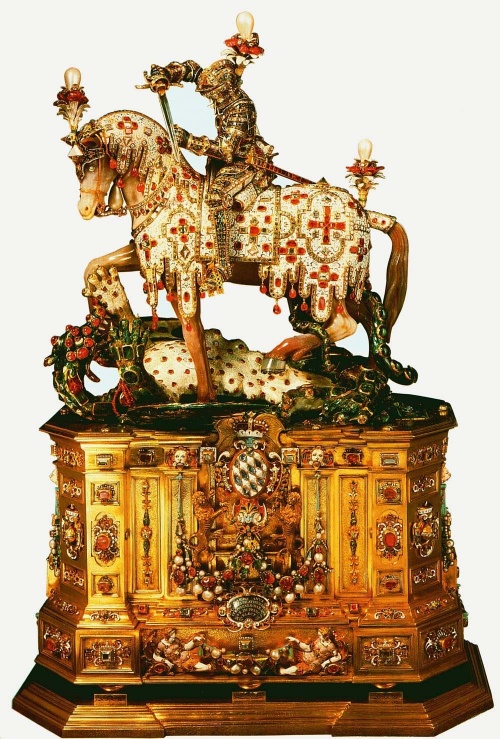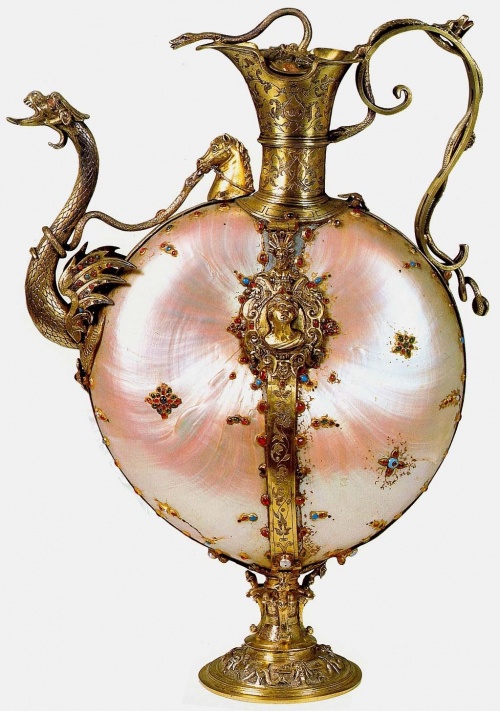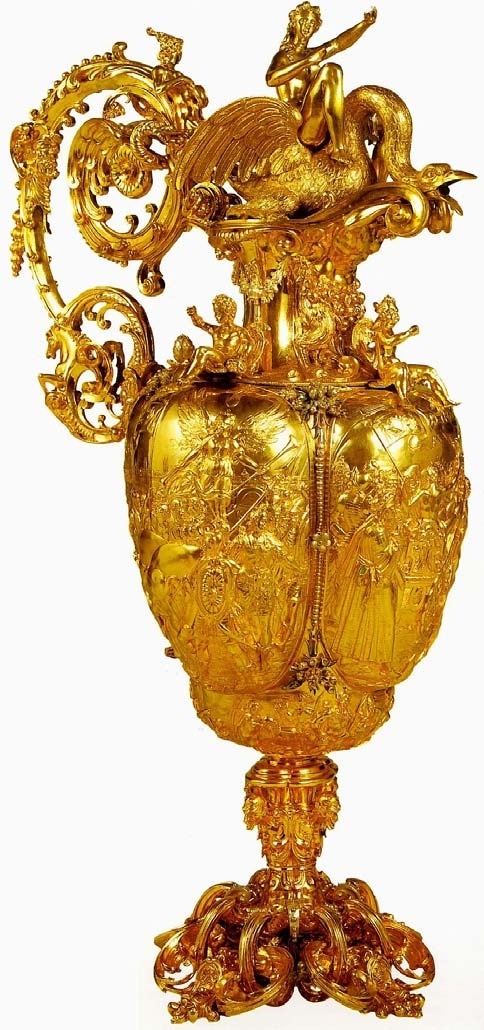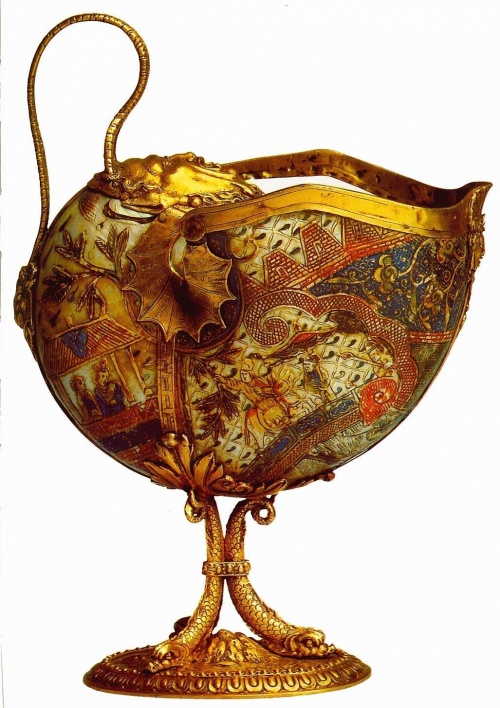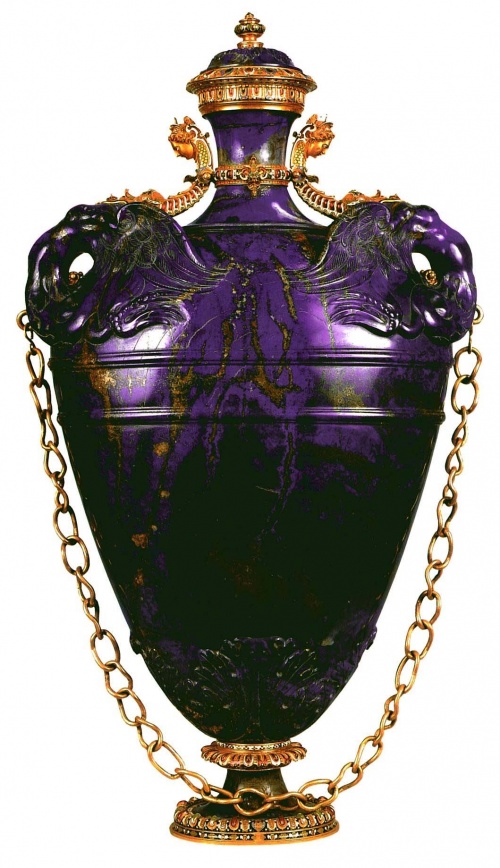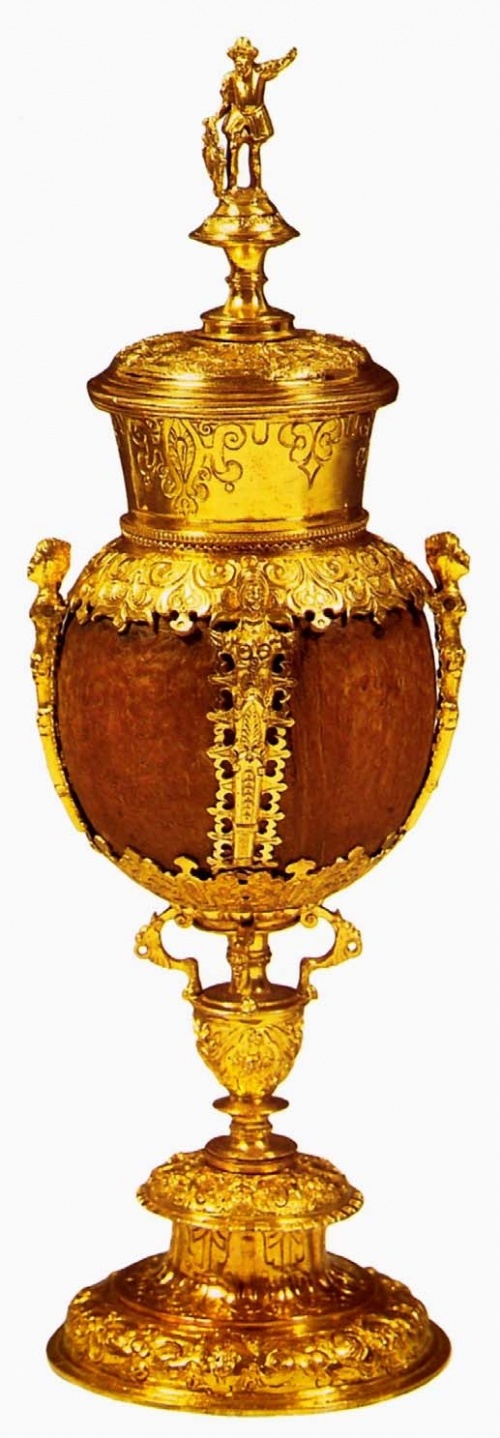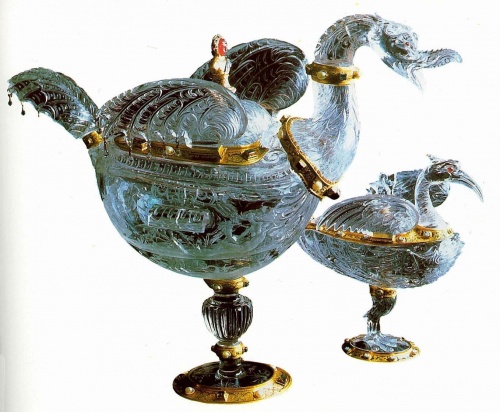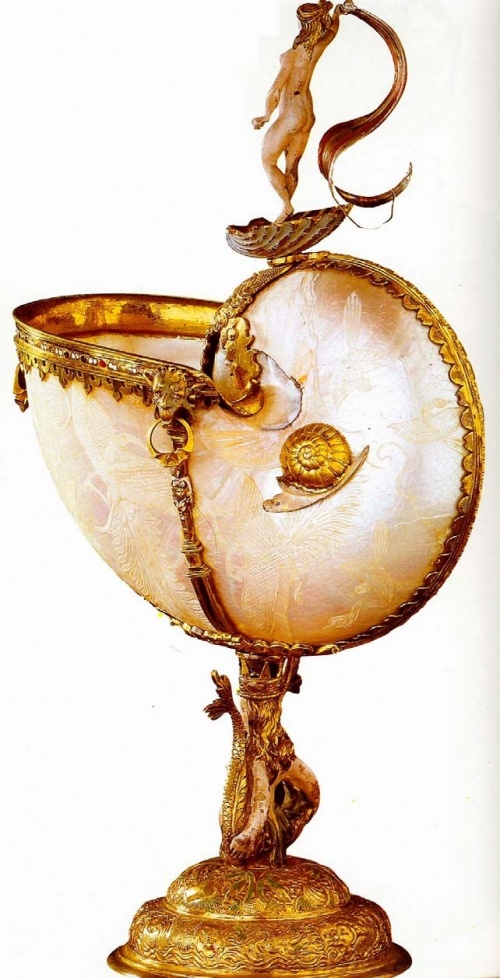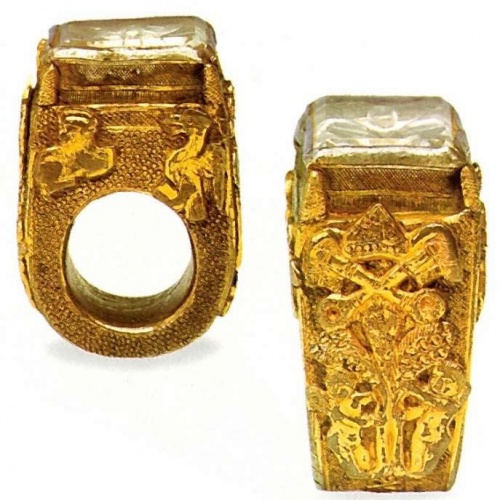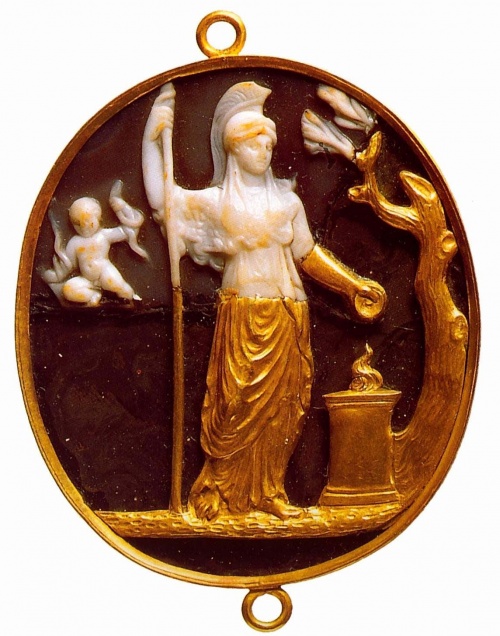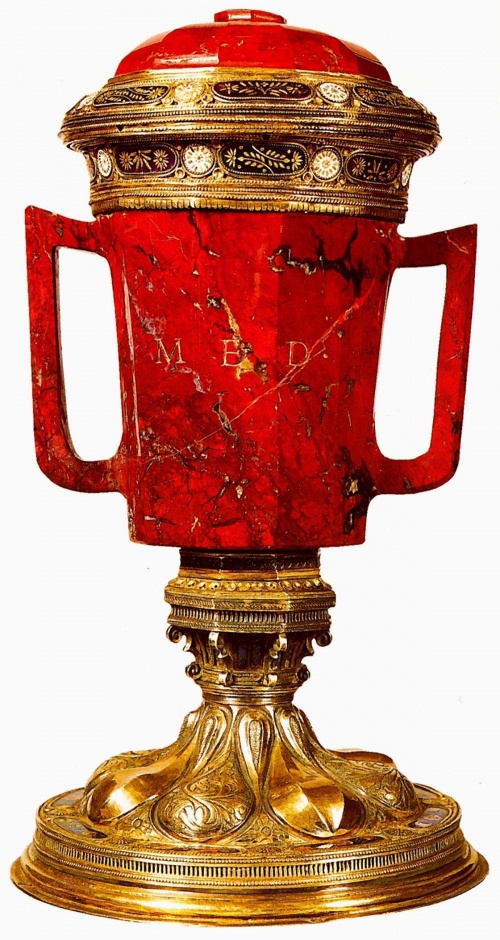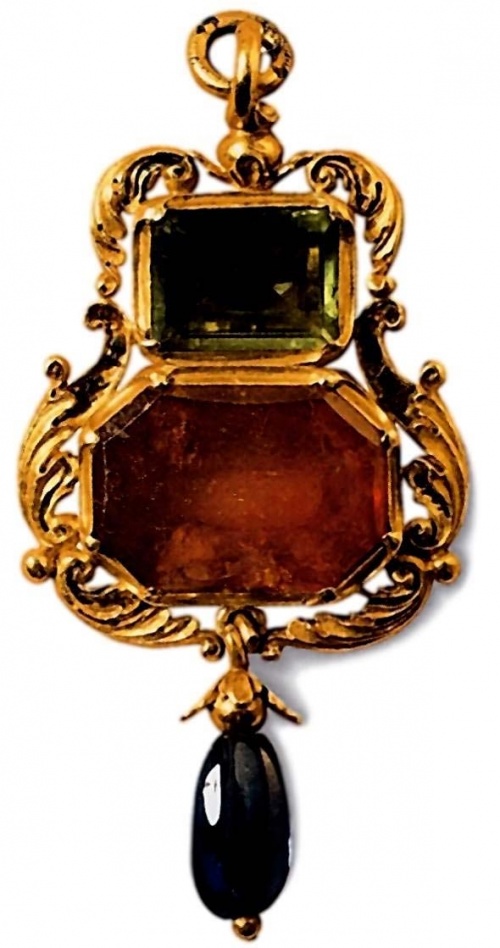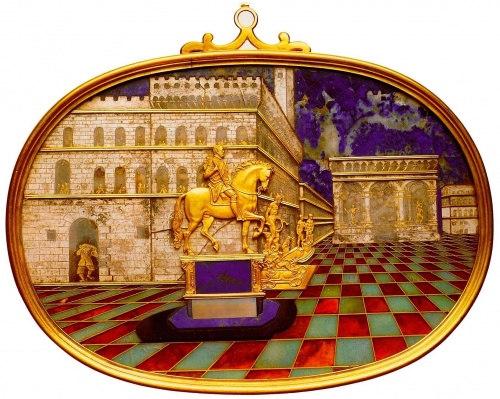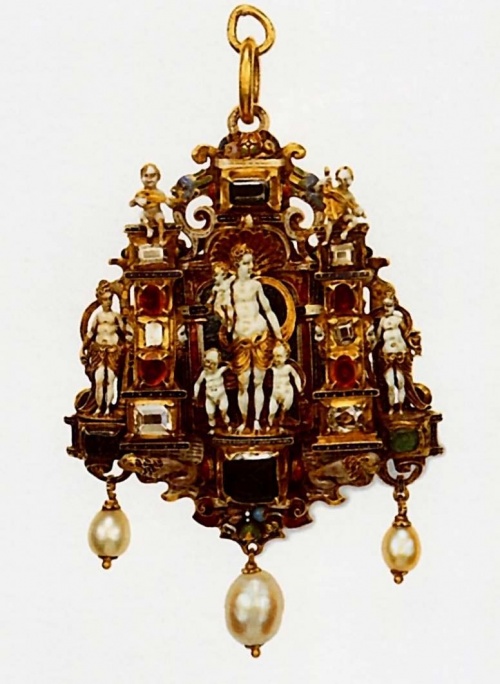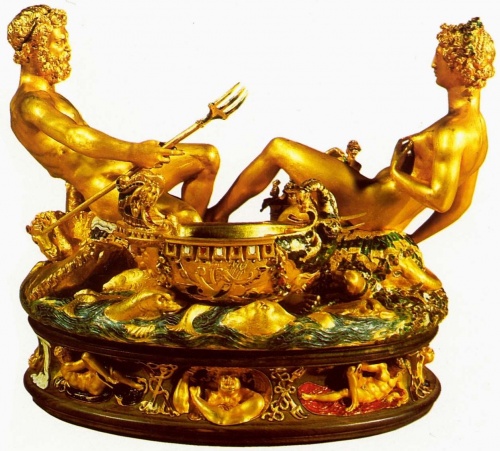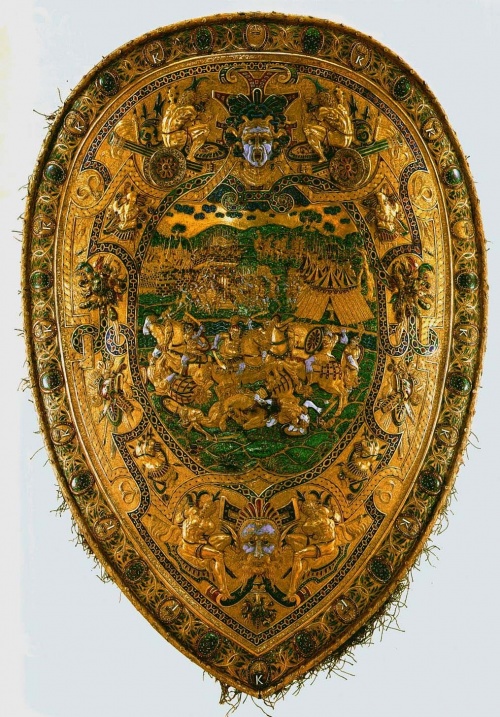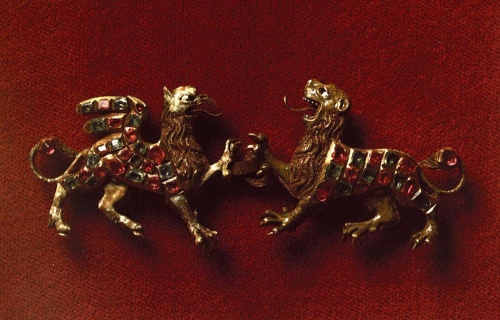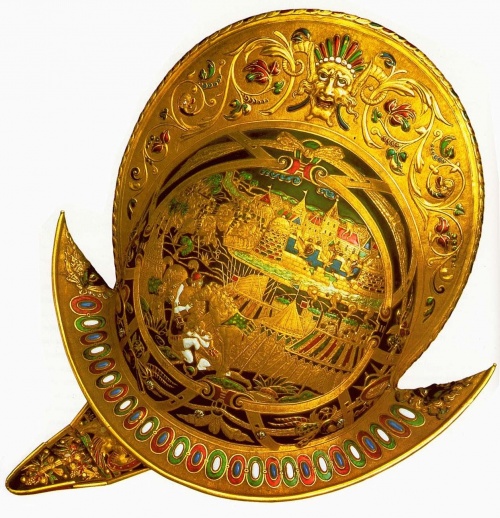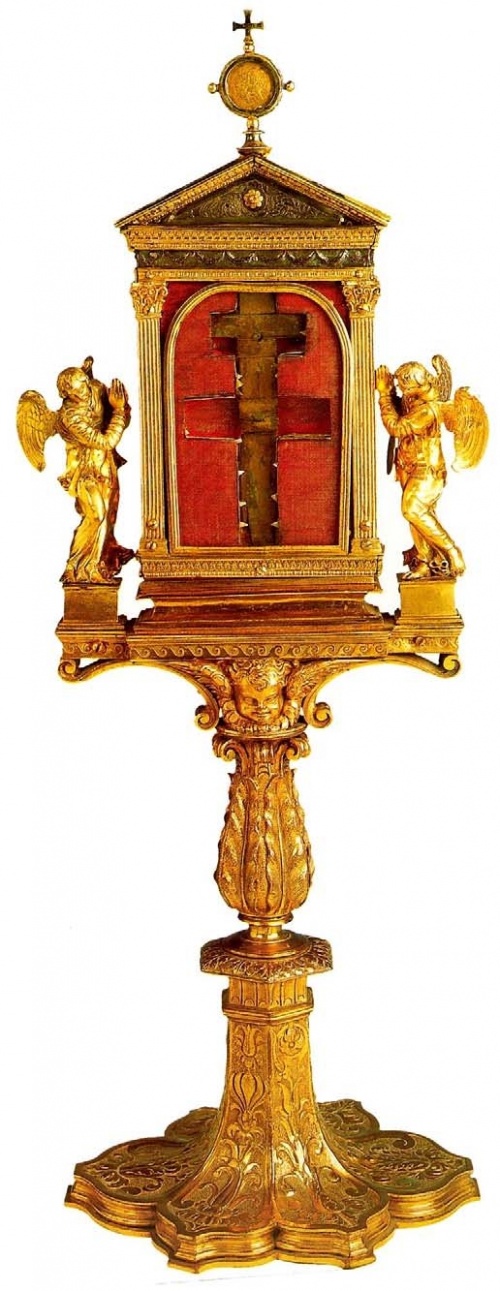Jewelry art of the Renaissance (38 works)
Разрешение картинок от 496x688px до 1200x2256px
Early Renaissance
The period of the so-called “Early Renaissance” covers the period from 1420 to 1500 in Italy. During these eighty years, art has not yet completely abandoned the traditions of the recent past, but has tried to mix into them elements borrowed from classical antiquity. Only later, and only little by little, under the influence of increasingly changing conditions of life and culture, do artists completely abandon medieval foundations and boldly use examples of ancient art both in the general concept of their works and in their details.
While art in Italy was already resolutely following the path of imitation of classical antiquity, in other countries it long adhered to the traditions of the Gothic style. North of the Alps, and also in Spain, the Renaissance begins only at the end of the 15th century, and its early period lasts until approximately the middle of the next century, without, however, producing anything particularly remarkable.
High Renaissance
The second period of the Renaissance - the time of the most magnificent development of his style - is usually called the "High Renaissance", it stretches in Italy from approximately 1500 to 1580. At this time, the center of gravity of Italian art from Florence moved to Rome, thanks to the accession to the papal throne of Julius II, an ambitious, courageous and enterprising man, who attracted the best artists of Italy to his court, occupied them with numerous and important works and gave others an example of love for the arts . Under this pope and his immediate successors, Rome becomes, as it were, the new Athens of the time of Pericles: many monumental buildings are created in it, magnificent sculptural works are executed, frescoes and paintings are painted, which are still considered the pearls of painting; at the same time, all three branches of art harmoniously go hand in hand, helping one another and mutually influencing each other. Antiquity is now studied more thoroughly, reproduced with greater rigor and consistency; calmness and dignity are established instead of the playful beauty that was the aspiration of the previous period; memories of the medieval completely disappear, and a completely classical imprint falls on all creations of art. But imitation of the ancients does not drown out their independence in artists, and they, with great resourcefulness and liveliness of imagination, freely rework and apply to their work what they consider appropriate to borrow from Greco-Roman art.
